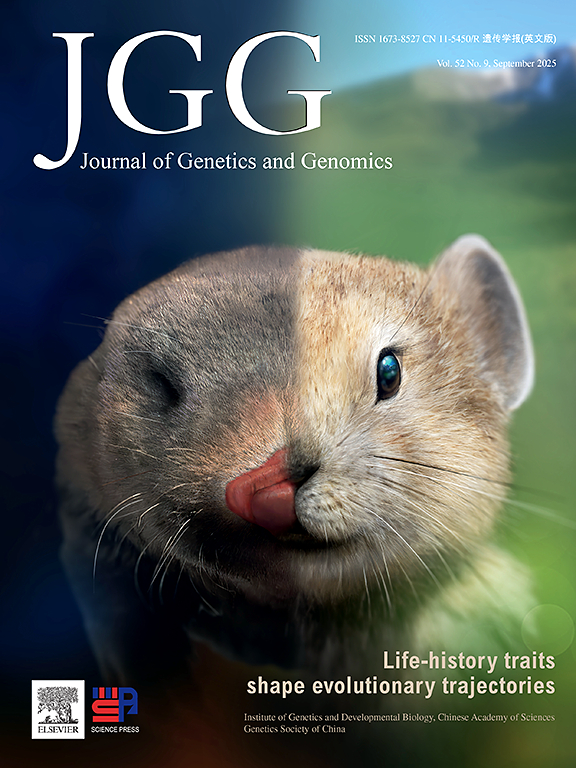Abstract:
To evaluate genetic relationships using qualitative and/or quantitative differentiation of volatile components in Xinjiang Wild Apple (Malus sieversii (Lebed.) Roem.) and to acquire basic data for the conservation and utilization of the species, aroma components in ripe fruit of M. sieversii obtained from 30 seedlings at Mohe, Gongliu County, Xinjiang Autonomic Region, China, and in ripe fruit of 4 M. pumila cultivars (‘Ralls’, ‘Delicious’, ‘Golden Delicious’, and ‘Fuji’) were analyzed using head space-solid phase microextraction and gas chromatography-mass spectrometry. The results indicated that the values of similarity coefficient concerning volatile types between the two species were in accordance with the evolution of M. pumila cultivars (forms), and that M. sieversii seedlings showed considerable genetic variations in these aspects: the total content of volatile components, the classes and contents of each compound classes, the segregation ratio, and content of main components. The results showed significant difference among seedlings and wide genetic diversity within the populations. Comparison of the volatile components in M. sieversii with those in M. pumila cultivars showed that the common compounds whose number were larger than five with the contents over 0.04 mg/L simultaneously between M. sieversii and M. pumila cultivars belonged to esters, alcohols, aldehydes or ketones. This suggests fundamental identity in main volatile components of M. sieversii and M. pumila cultivars. The results above sustained the conclusion “M. sieversii is probably the ancestor of M. pumila”. However, there were 48 compounds present in M. pumila that were not detected in M. sieversii, including 6 character impact components (i.e., propyl acetate, (Z)-3-hexenal, 2-methyl-1-butanol acetate, pentyl acetate, 3-furanmethanol, and benzene acetaldehyde). This suggested that in the domestication of M. pumila, introgression of other apple species, except for M. sieversii, by interspecies hybridization was possible. There were 177 compounds in total belonging to 11 classes detected in 30 M. sieversii seedlings, including esters, alcohols, ketones, aldehydes, acids, benzene ramifications, terpenes, heterocycles, hydrocarbon derivates, acetals, and lactones. Among them, acetals and lactones were not detected in M. pumila cultivars, 90 compounds were unique to M. sieversii, and 7 components (1-butanol, ethyl butanoate, 1-hexanol, ethyl hexanoate, 3-octen-1-ol, ethyl octanoate, and damascenone) belonged to character impact odors. Thus, the potential of M. sieversii in “utilization conservation” is enormous as a rare germplasm on genetic improvement of M. pumila cultivars.







